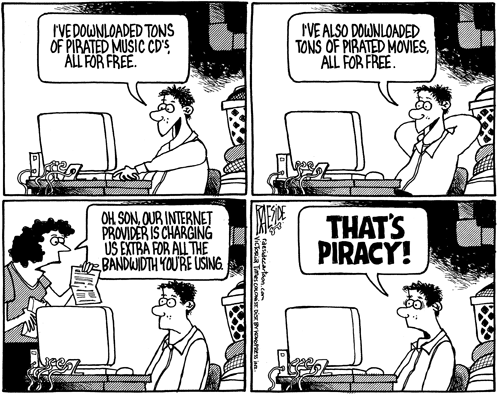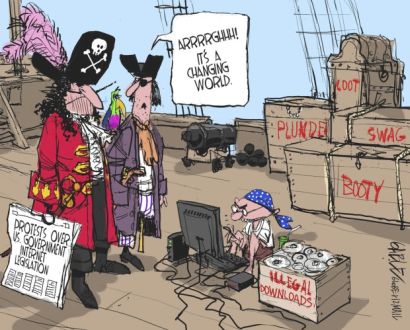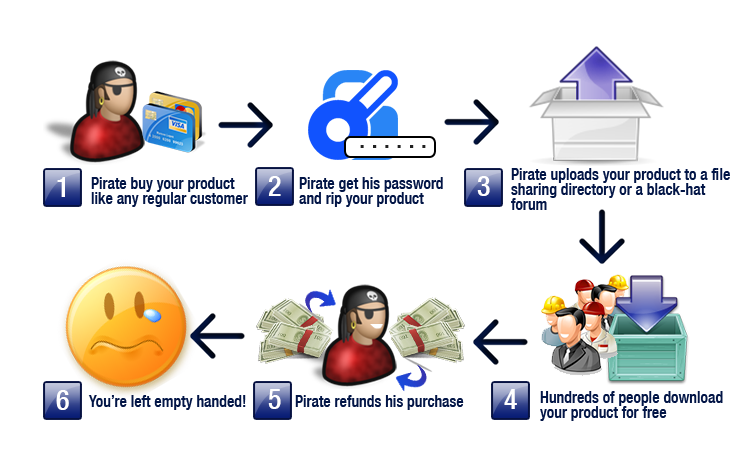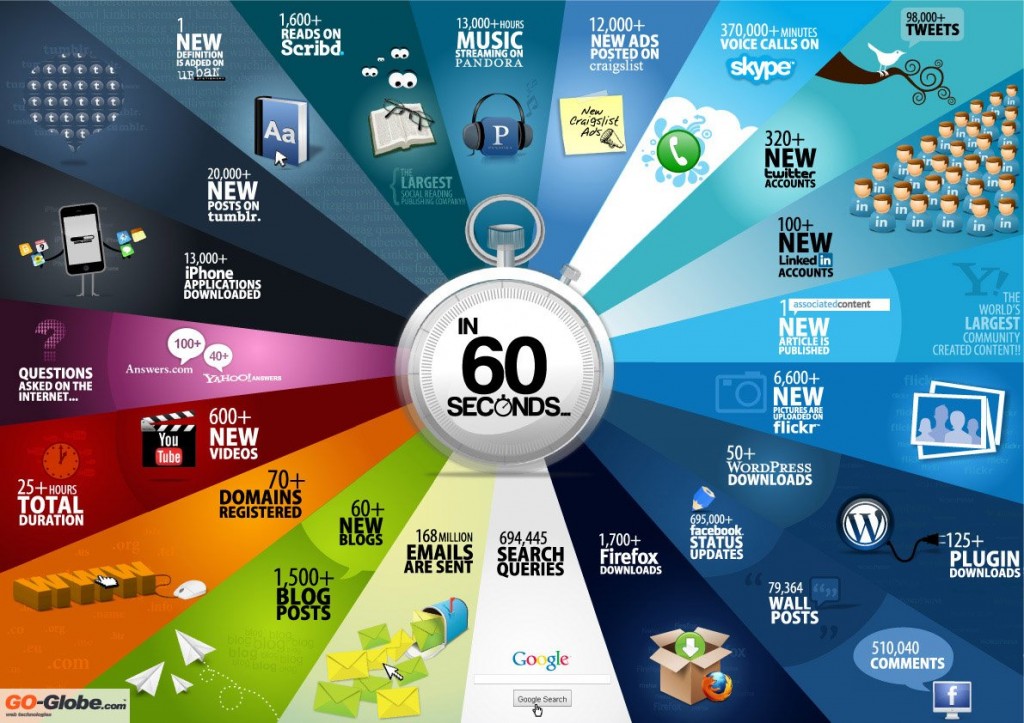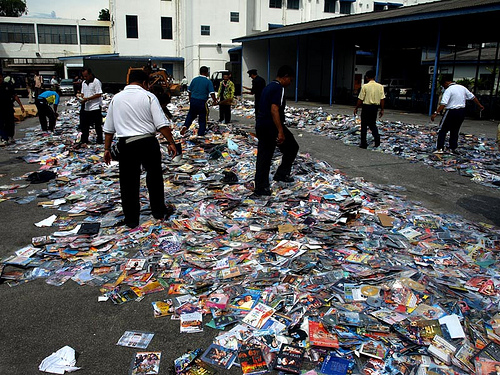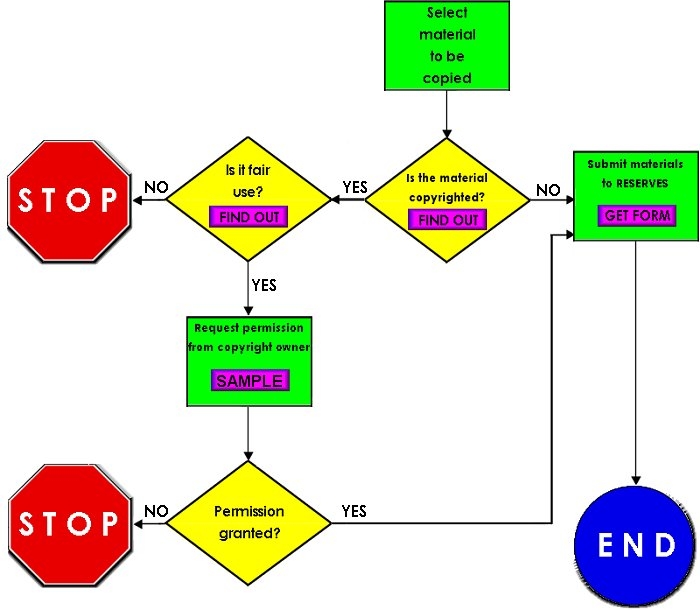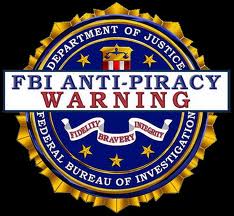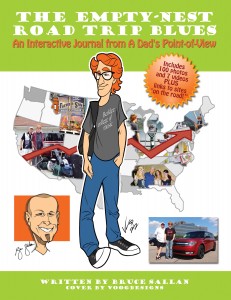There is always ongoing discussion about copyright issues. YouTube has become extremely aggressive in enforcing video and music usage lapses – or what they and various rights-holders consider lapses. We all know that piracy issues and so-called free web-sharing sites that began with Napster have hit the music industry very hard. The film industry has been fighting movie/vhs/dvd piracy and copyright issues for decades
These battles have spilled over to everyday usage and people who simply add some music to a personal YouTube video or – gulp – record bits and pieces at a “live” concert and want to share it with friends.
Persnickety bloggers, writers, magazines, and large public websites are vigilant about following the rules for any photo usage and they don’t deserve the negative implication of my first word choice in this sentence. They are right. But, have the enforcement of these rights gotten out of hand? Are some quarters being overly vigilant and is that right? This is my basic question. My gut feeling is that they’ve gone overboard with the monitoring on sites such as YouTube.
I go to concerts often and love to take photos and videos. The quality of video on my iPhone is actually remarkably good and, in the past, I was often sharing clips from the many concerts I attended. Evidently, this is not allowed and out of nowhere I received a violation warning from YouTube. Certain “privileges” were withdrawn with no time frame given for their reinstatement and no one I can speak to about this or write to. It was a fiat – pure and simple – a virtual court where I was tried, hung, and not allowed to defend myself.
They did provide links to various FAQs that were largely unintelligible. It seems that ANY use of ANY music that ANYONE might possibly object to can get the user demerits and corporal punishment. There is no court of appeal and the fact that a video is personal and not being used to make money for the individual – in this case, me – is irrelevant.
I can actually make an argument for the value of my videos in helping sales of music or, in some cases, video sales. My latest attempt to share the fun of a live event was the Bugs Bunny at Hollywood Bowl concert I attended a week ago. It was a terrific evening of cartoons with the score being played “live” by the Los Angeles Philharmonic orchestra. My view was quite distant and the clarity of the cartoons was poor, though the sound of the orchestra was decent. ALL the music was public domain classical.
My video included snippets of the many cartoons shown (hardly high quality), as well as the opening Star Spangled Banner sing-a-long and the conductor’s occasional explanations and stories. If anything, watching this video would encourage people to want to see the entire cartoon or cartoons and perhaps purchase the Warner Brother’s videos.
Instead, within moments of posting the video, I received “third party objections” on Warners’ behalf from YouTube. I wasn’t threatened with the rack, but nonetheless chose to simply delete the entire video and maybe try and edit it in the future to exclude any of the “offensive” inclusions of said snippets of hardly visible cartoons and public domain music.
To me, this is going too far. It leaves me with a very bad taste in my mouth toward both Warner Brothers and YouTube. I do understand the need to enforce rights but I wonder if the enforcement has just gotten like political correctness, where common sense is replaced by agendas and false beliefs and fears?
Note: I did edit the video to exclude ANY thing that I “thought” might be objectionable to the YouTube censors. I included a short RANT about my frustration over this issue. Take a look and let me know if you think I may still be “in trouble?” So far, no warnings! Whew!
When it comes to images, bloggers can choose to seek permission to use an image, pay for the use, or go to various free sites where images are available to use with no restrictions. Again, I understand the slippery slope argument that if some use is allowed then all use could be demanded, so the choice has become to strictly enforce and limit ANY usage.
Again, I question the wisdom and common sense of this? Consider a professional photographer that wants to get compensated for his or her work – especially in the form of consumers purchasing prints from him or her. If I “take” one of his images and credit the photographer – including it in a blog in which the photograph has relevance – isn’t that good PR for the photographer? Is that use hurting him or her? Or, might it actually help the photographer when it comes to exposure (another poor choice of words)?
The easiest thing to do is take your own photographs, make your own cartoons, and find public domain music to use or get my son to write some original music. “Easiest” is truly not the right choice of word because it is far from easy to do these things. My son requires constant nagging – in spite of my paying the incredible tab for his college education – to make any music for me to use. I take good photographs and often can use my own work. But, when it comes to cartoons, I write my own Because I Said So comic strip and pay an artist to render the images. No problem, but it isn’t cheap.
What is the answer? I don’t know. I think it could be nuanced if the rights-holders were a little less paranoid. But, then there’s the slippery slope argument. What do you do? What do you think?
How about skipping that $5 Starbucks latte and splurging $2.99 (for the Kindle on Amazon) or $2.79 for the PDF of my new e-book? Enjoy my own informercial for it! This e-book is really a virtual journey. It’s filled with 100 photos, 7 original videos, and links to many of the stops on the trip. Click on the book cover image below to find your purchase options:

